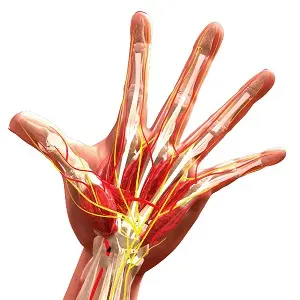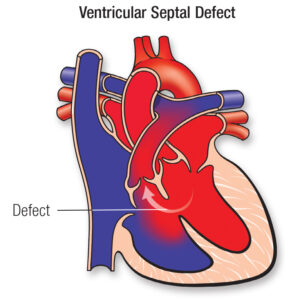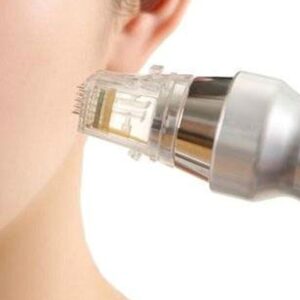Description
Familiarity with Treatment:
Nerve repair and transfer involve surgical techniques aimed at restoring function and sensation in cases of severe nerve injury, paralysis, or nerve deficits. These procedures can include repairing damaged nerves in the hand or transferring healthy nerves from other areas of the body to restore function and sensation.
Procedure:
- Nerve Repair: Involves the meticulous reconnection of severed or damaged nerve ends using microsurgical techniques to promote nerve regeneration and restore function and sensation.
- Nerve Transfer: In cases of severe nerve injury, healthy nerves from less critical muscles or sensory areas may be surgically transferred to the affected area to restore function and sensation.
Who is it Suitable for?
Nerve repair and transfer procedures are suitable for individuals who have sustained severe nerve injury, paralysis, or nerve deficits resulting in loss of function or sensation. These procedures are often considered for patients with traumatic nerve injuries or conditions such as brachial plexus injuries.
Who is it Not Suitable for?
Nerve repair and transfer may not be suitable for individuals with extensive nerve damage that is not amenable to surgical repair or transfer. Additionally, patients with certain medical conditions affecting nerve regeneration or those with irreparable nerve injuries may not be ideal candidates.
Advantages:
- Restoration of Function: Successful nerve repair and transfer can restore motor function and sensation, improving the patient’s ability to use the affected limb or body part.
- Improved Quality of Life: Restoration of nerve function can enhance the patient’s overall quality of life and independence.
Complications:
- Potential complications of nerve repair and transfer may include incomplete nerve regeneration, neuroma formation (nerve tissue overgrowth), and persistent sensory or motor deficits despite surgical intervention.
Preoperative Care:
- Comprehensive evaluation of the nerve injury and the patient’s functional deficits to determine the need for nerve repair or transfer
- Assessment of the patient’s general health and medical history
- Patient education regarding the procedure, potential outcomes, and postoperative care
Postoperative Care:
- Protection of the surgical site to prevent tension or compression on the repaired or transferred nerves
- Rehabilitation and physical therapy to promote nerve regeneration and functional recovery
- Monitoring of sensory and motor function in the affected area
- Regular follow-up appointments to assess nerve regeneration and functional outcomes






Reviews
There are no reviews yet.